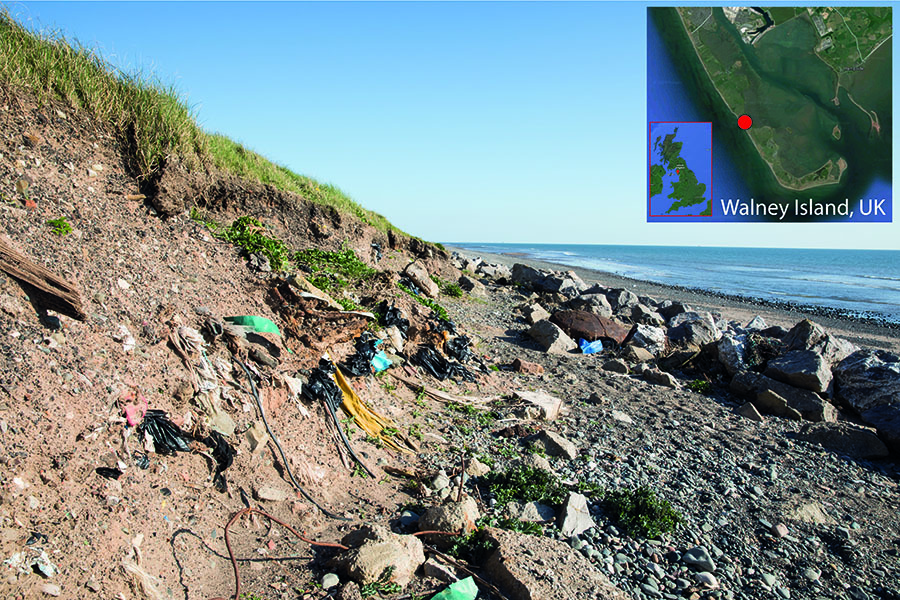Researchers from the UK's National Oceanographic Center (REC) have calculated the amount of microplastics in the Atlantic and have suggested that the ocean is at least 10 times more polluted by various polymeric compounds than previously thought. This was reported in the journal Nature Communications.
The Atlantic expedition of REC took place in September-November 2016. During this time, scientists made water samples in various regions of the Atlantic Ocean at depths of up to 200 m. Using spectrographic visualization, they determined the presence of the three most common types of plastic in samples: polyethylene, polypropylene and polystyrene.
Previously, it was believed that over 65 years (from 1950 to 2015) the amount of plastic in the Atlantic reached 17 million tons, scientists say. In a new study, it was shown that microplastics alone of the three aforementioned species in the upper layers of the ocean have accumulated from 12 to 21 million tons.
“Previously, we were unable to match the estimated amount of plastic waste floating on the surface with the amount that has been assumed to have entered the ocean since 1950. Past studies have not measured the concentration of microplastics in the ocean depths. Our study was the first in which such measurements were carried out across the entire Atlantic Ocean - from Great Britain to the Falkland Islands, ”said the main author of the study, a researcher at REC Katsaryna Pabortsava.
- Plastic-polluted coast of the British island of Walney in the Irish Sea
- © NOC Communications (NOC Coms)
By finding out the concentration of microplastics in the upper layers of the Atlantic, scientists were able to estimate the approximate amount of plastic debris in the entire ocean.
“If we take for a given that the concentration of microplastics recorded by us at a depth of about 200 m corresponds to its concentration at subsequent depths (with an average depth of about 3 km), then the Atlantic may contain about 200 million tons of plastic waste, and this is only related to polymers of this type and size ”, - noted another author of the scientific work, professor of REC Richard Lampitt.
To obtain the most complete picture of the ecological catastrophe in the Atlantic and determine the danger to the environment and people, it is necessary to have a good understanding of the amount and properties of the polluting material, as well as the ways of its penetration into the ocean, scientists say.
It is also necessary to know more about how this or that plastic degrades and how toxic it is in various concentrations, the researchers are sure.

